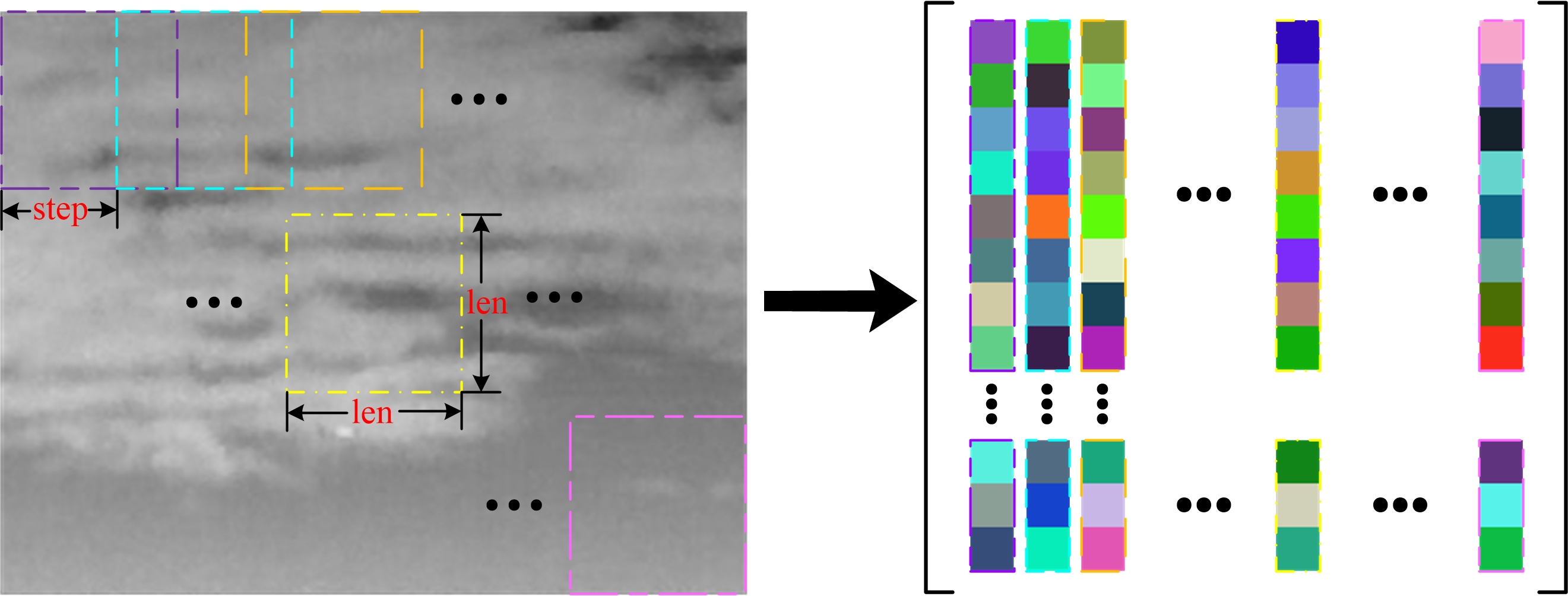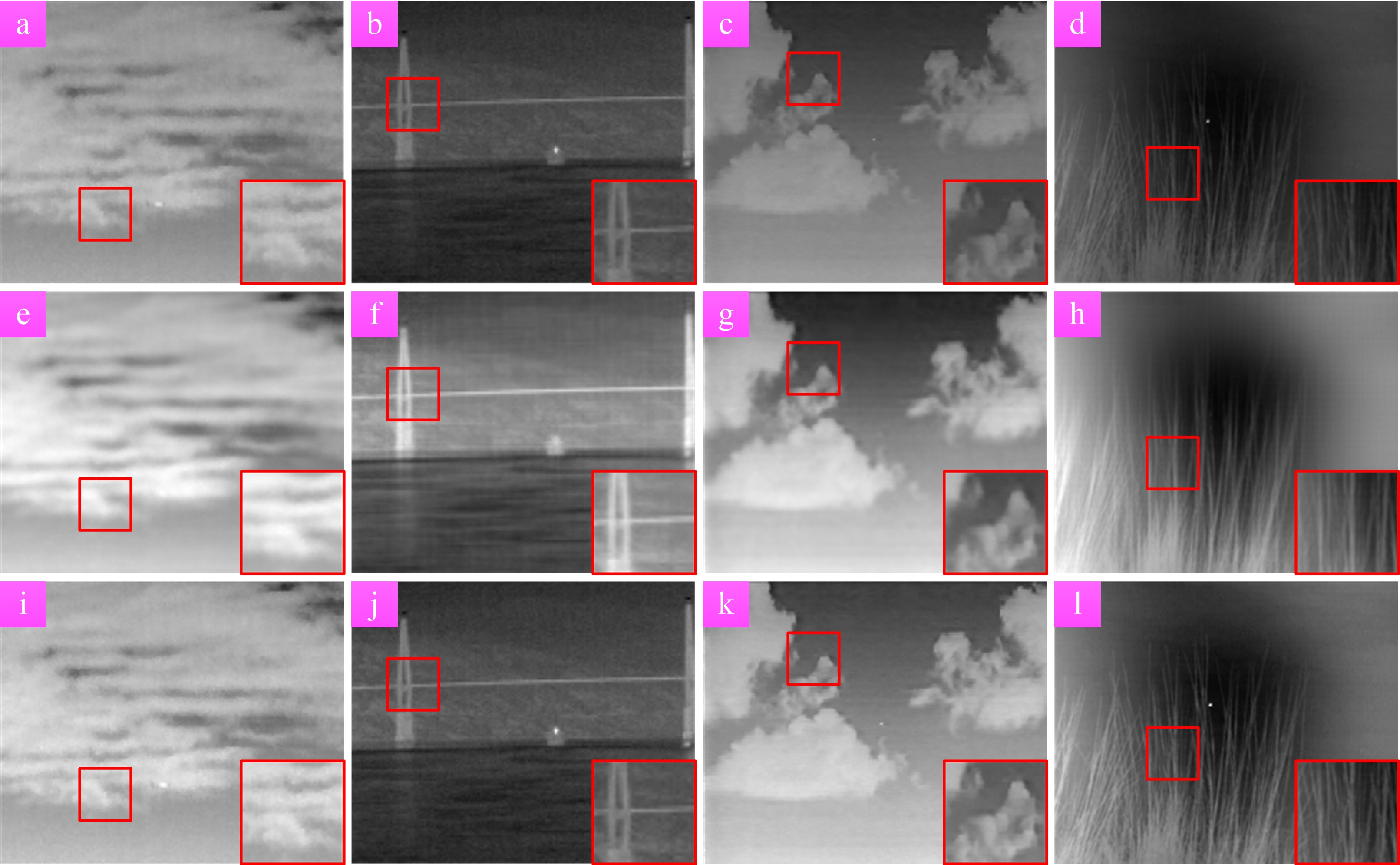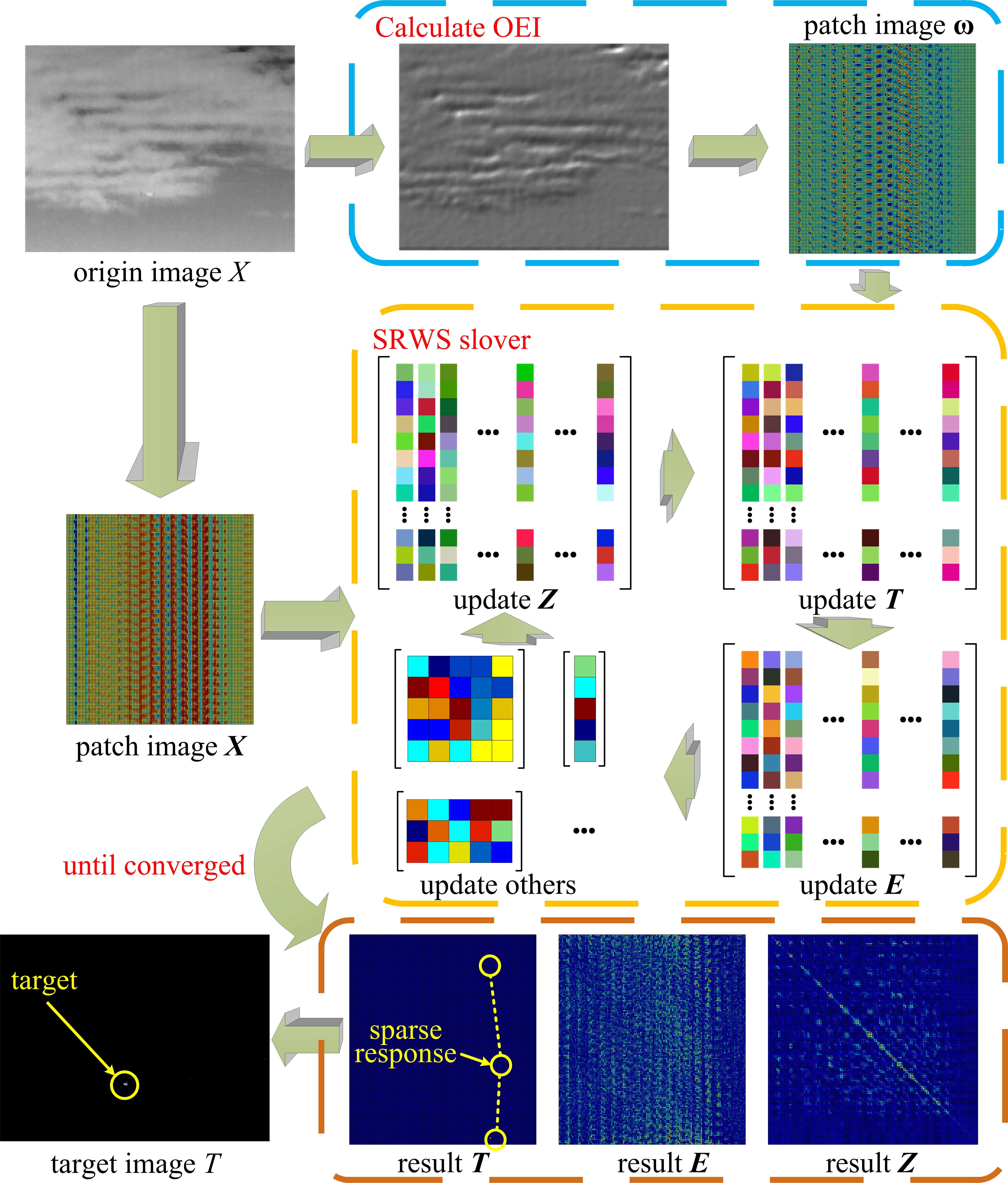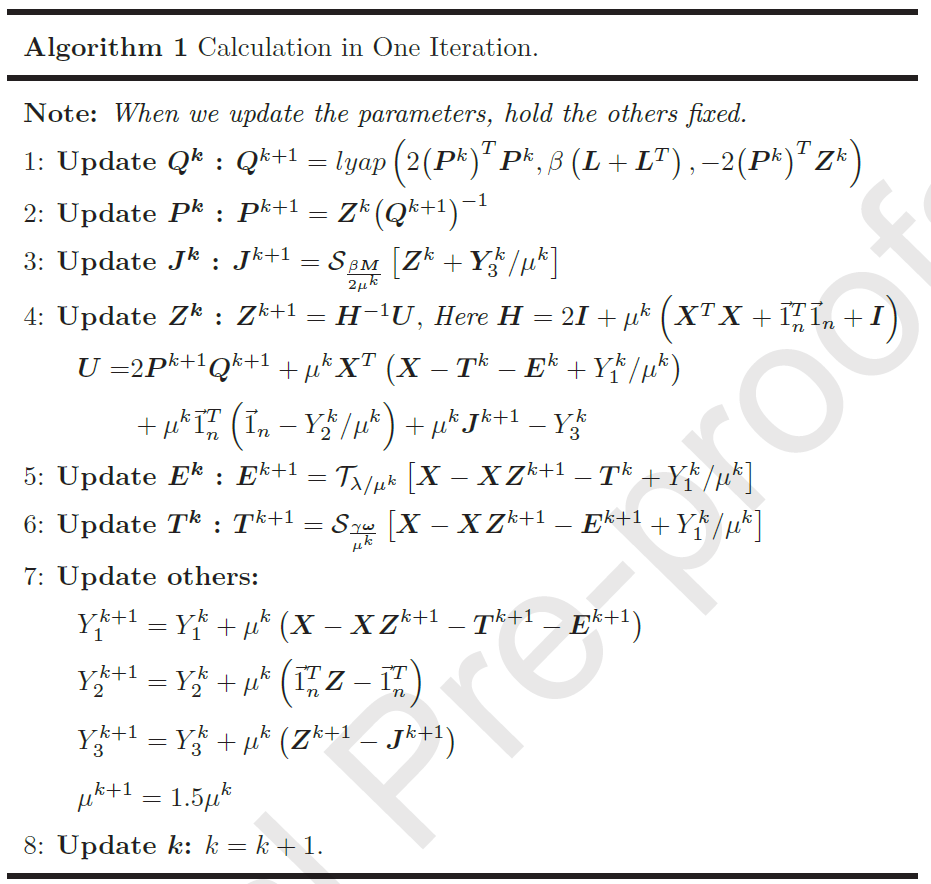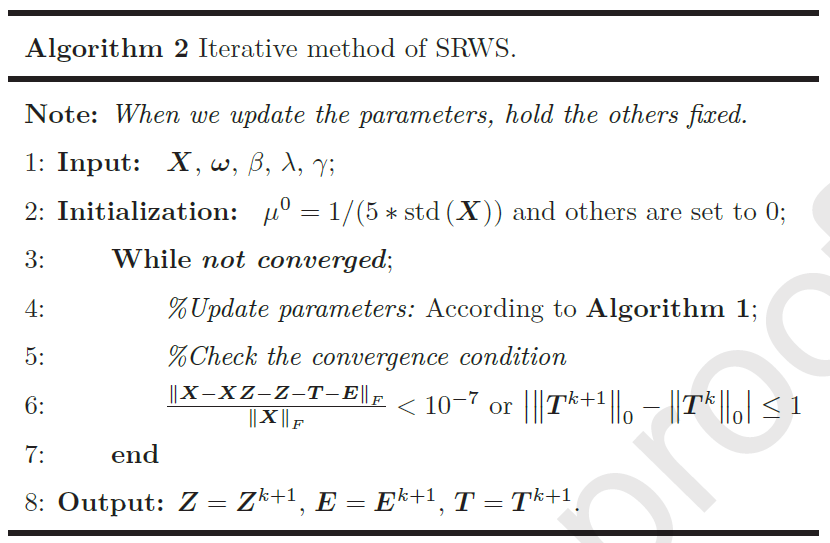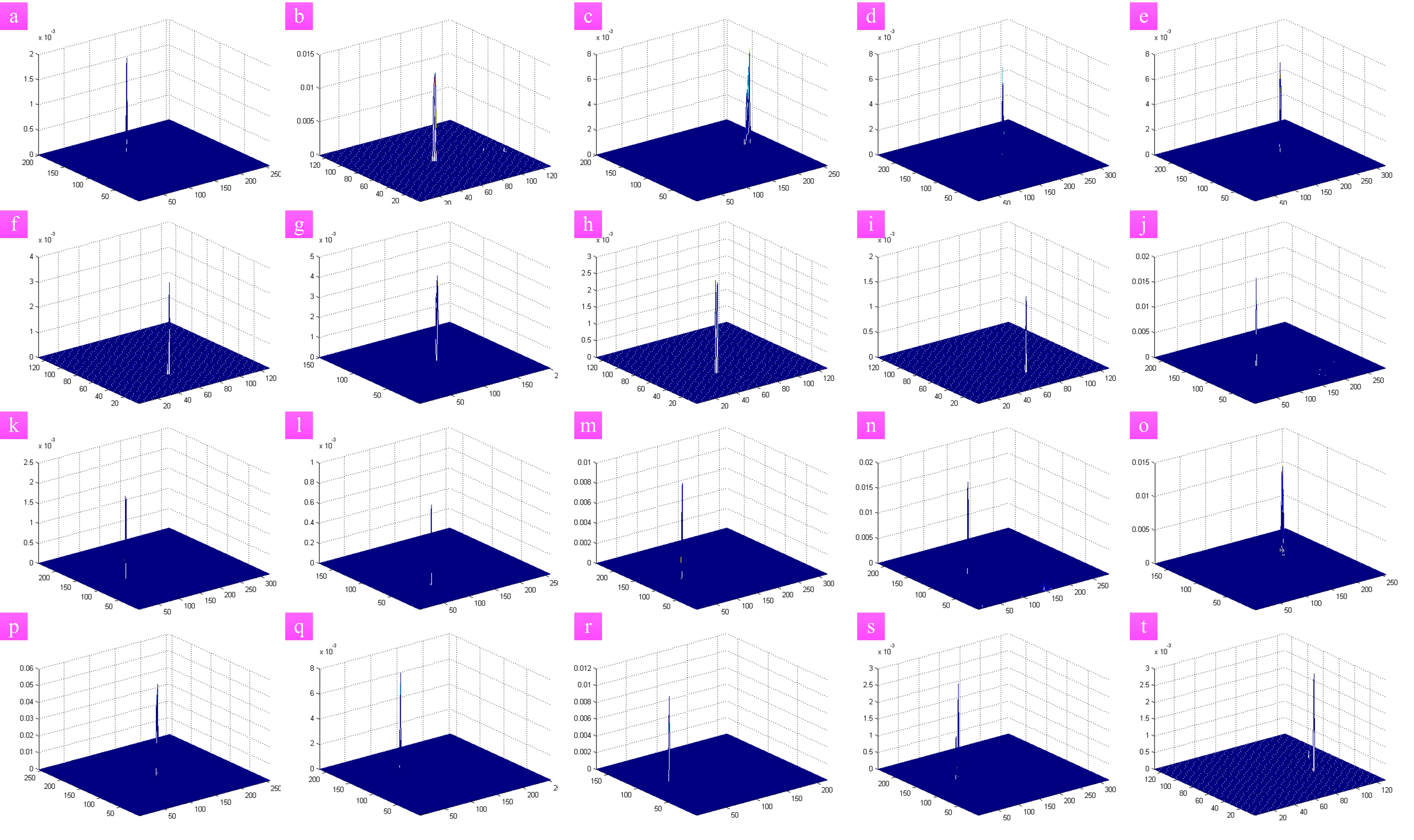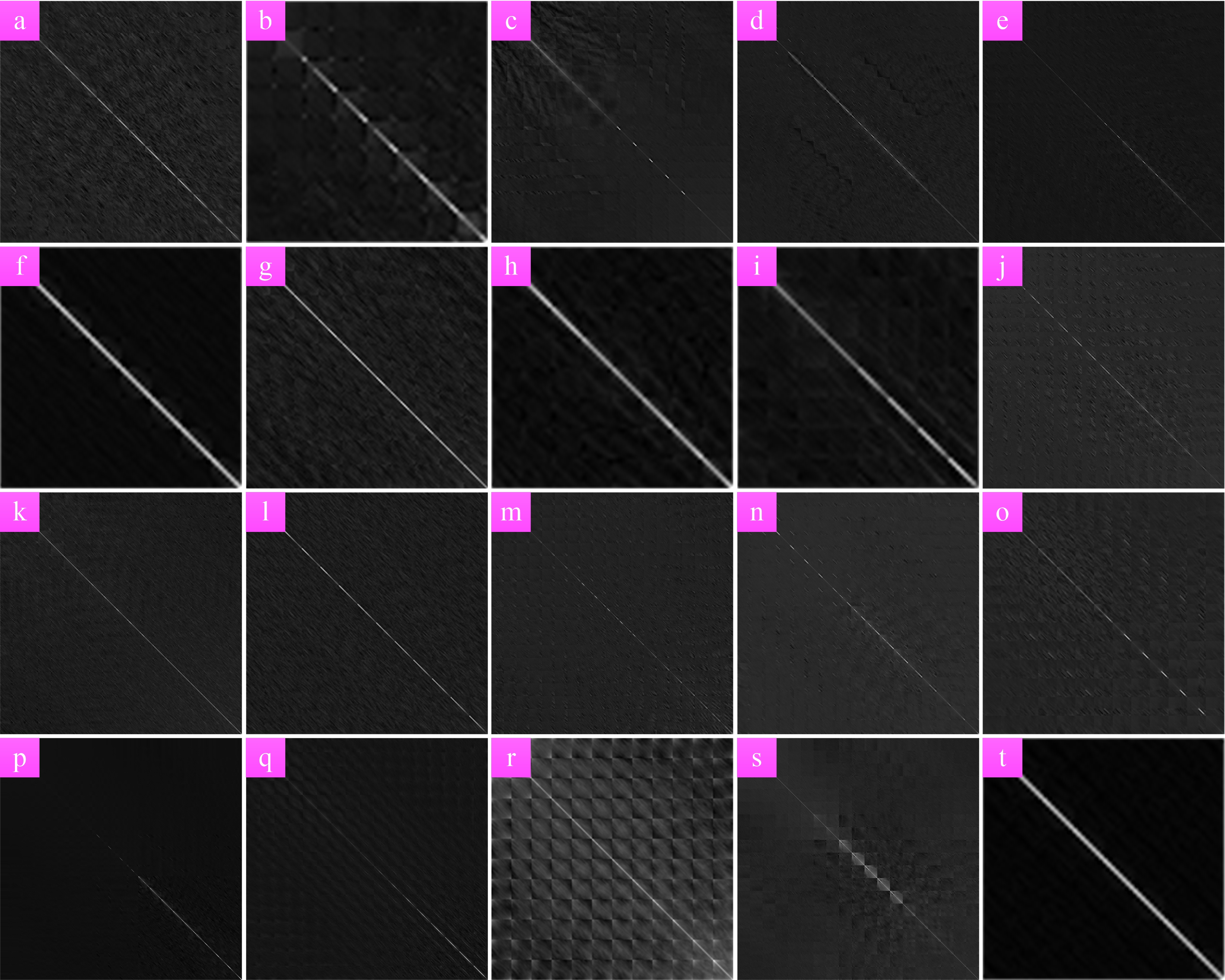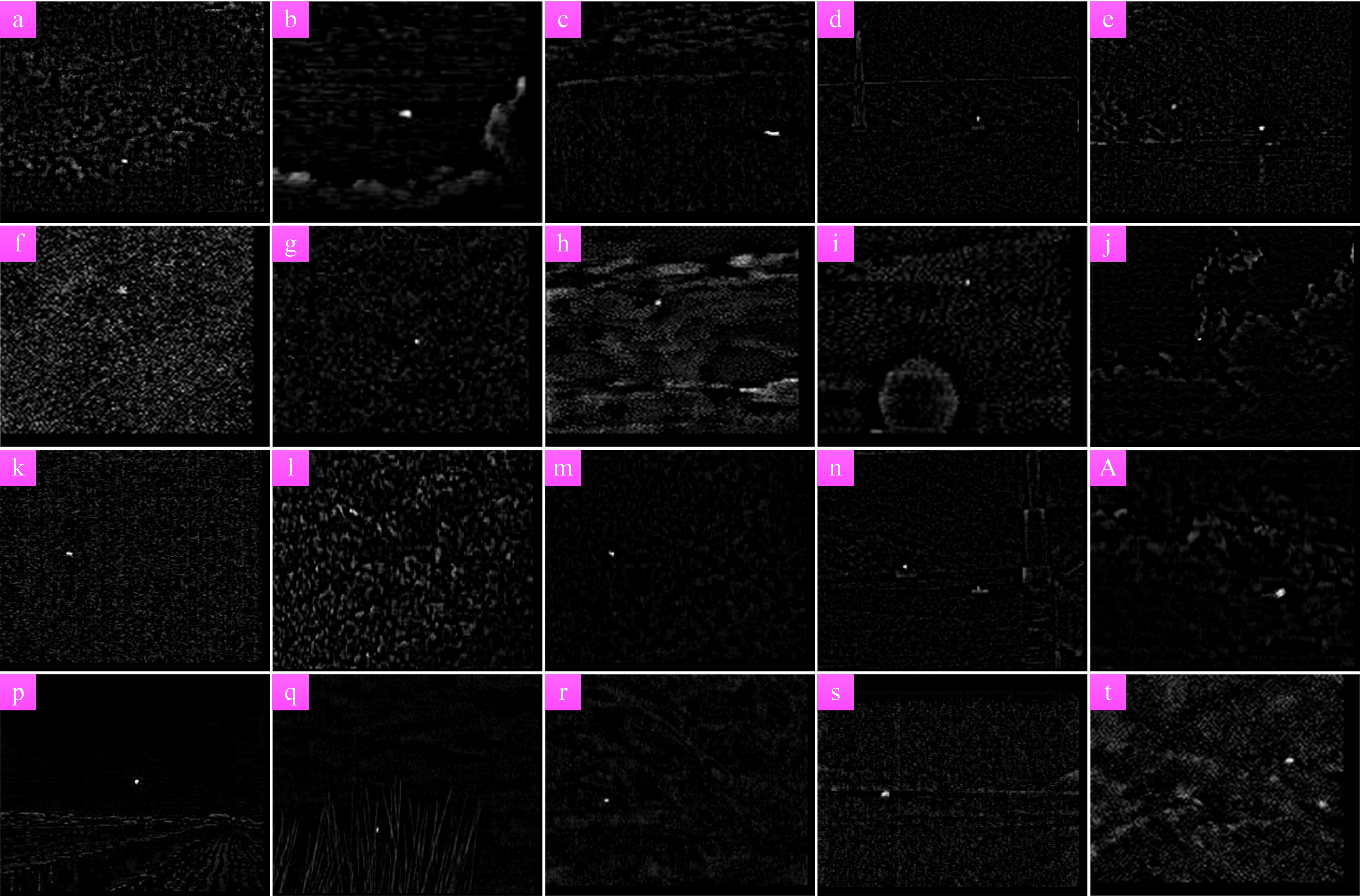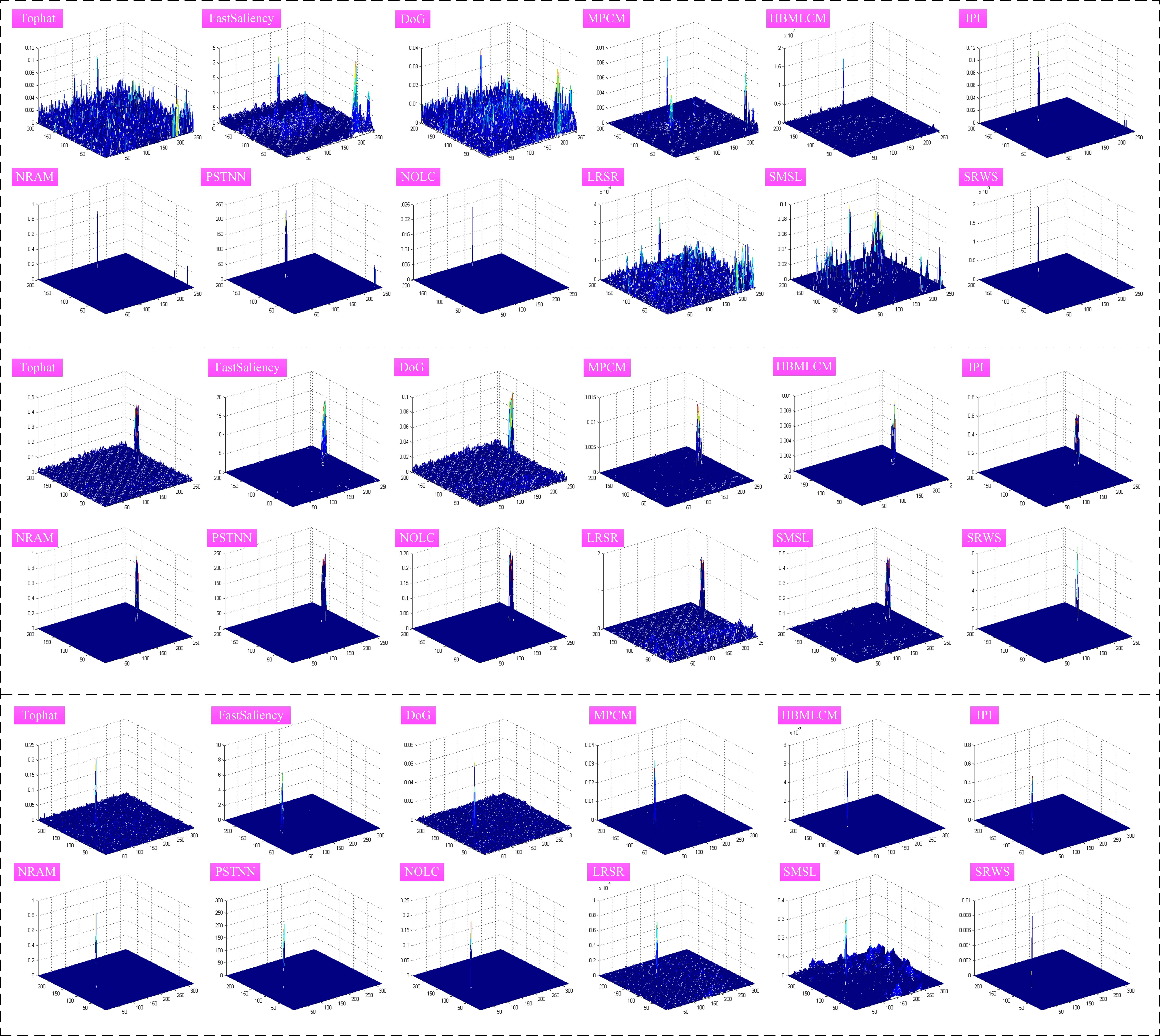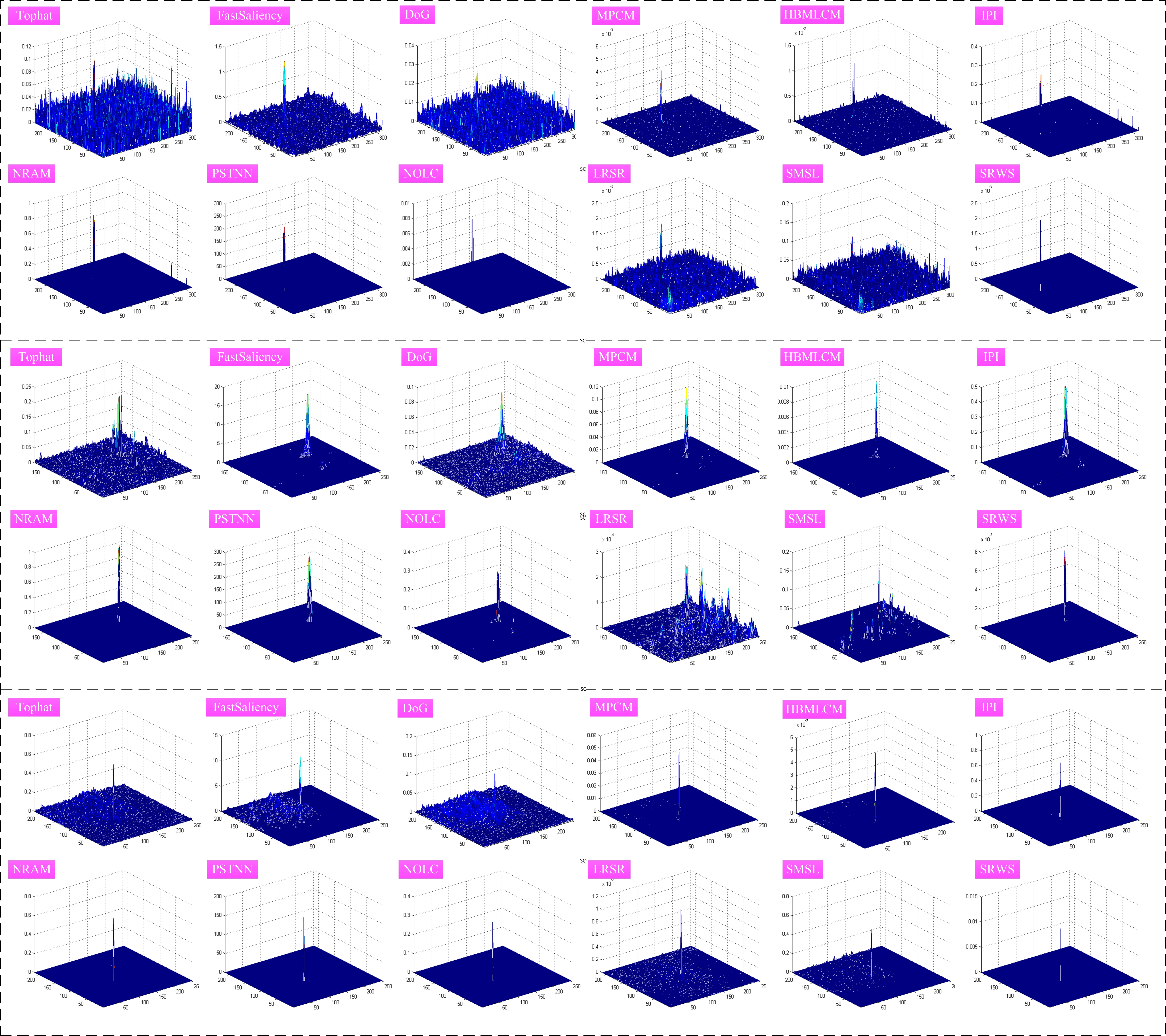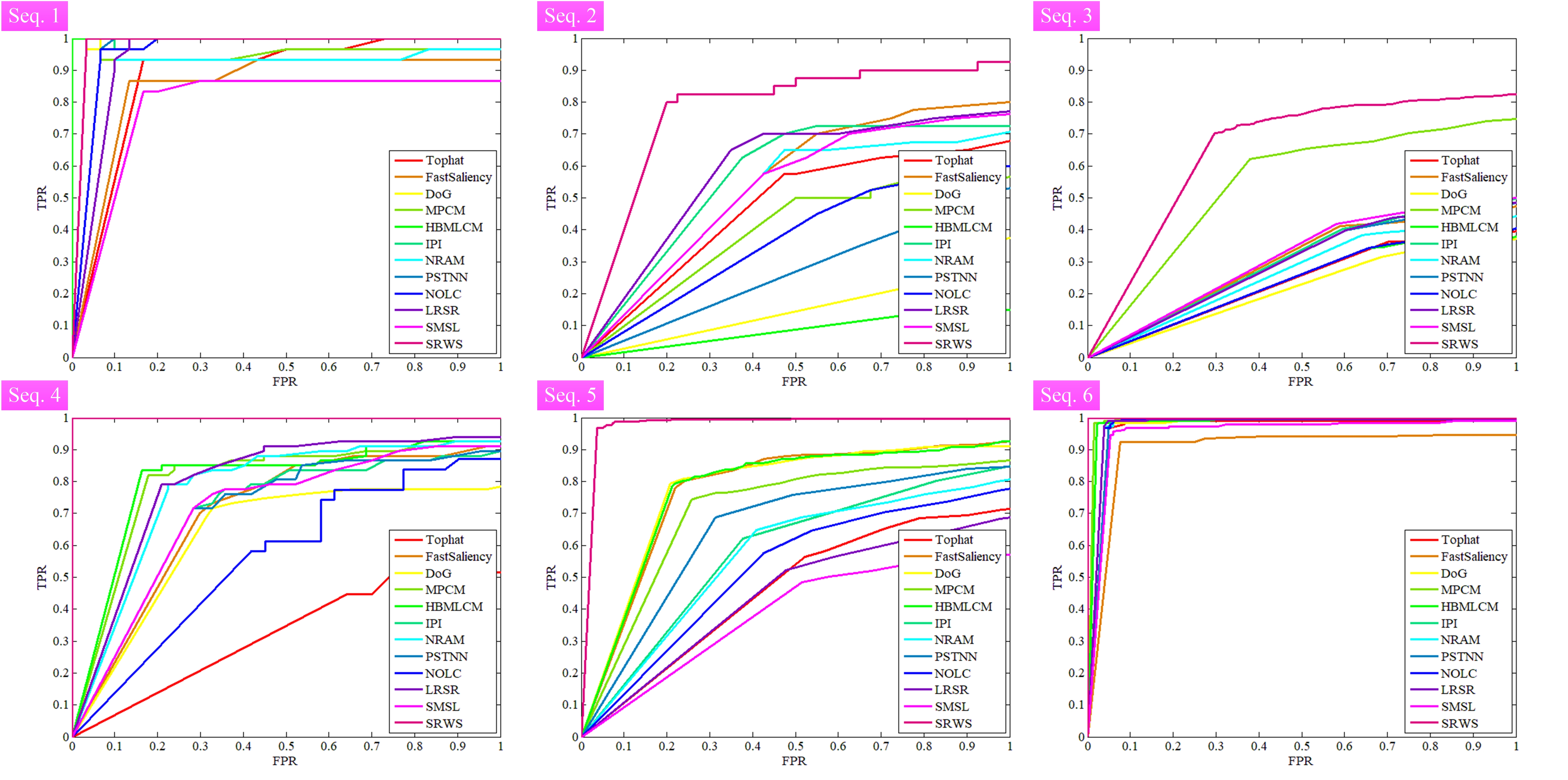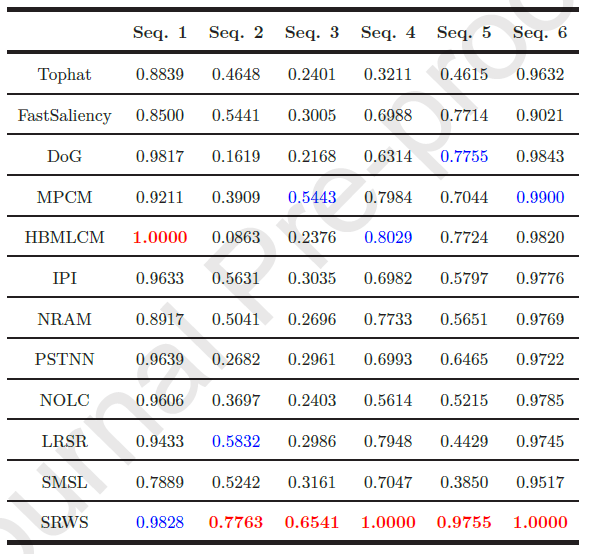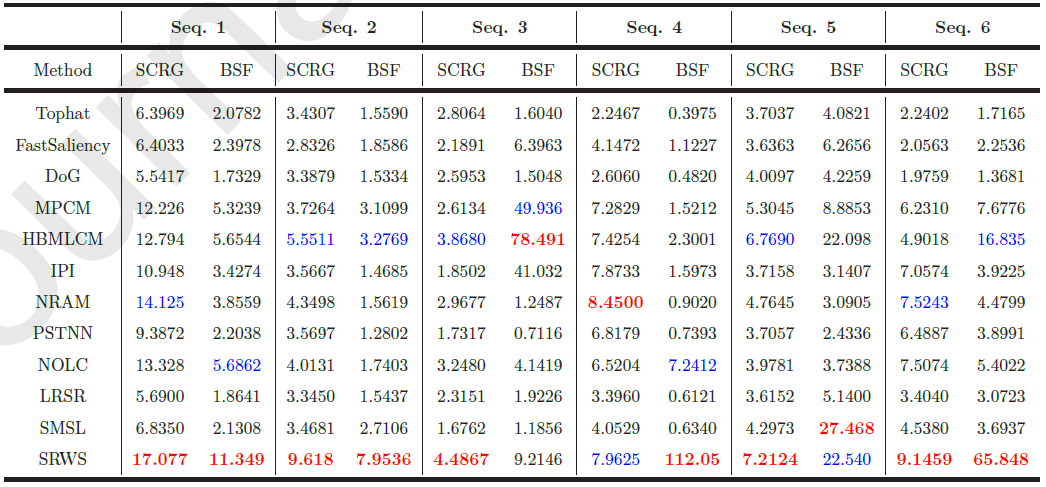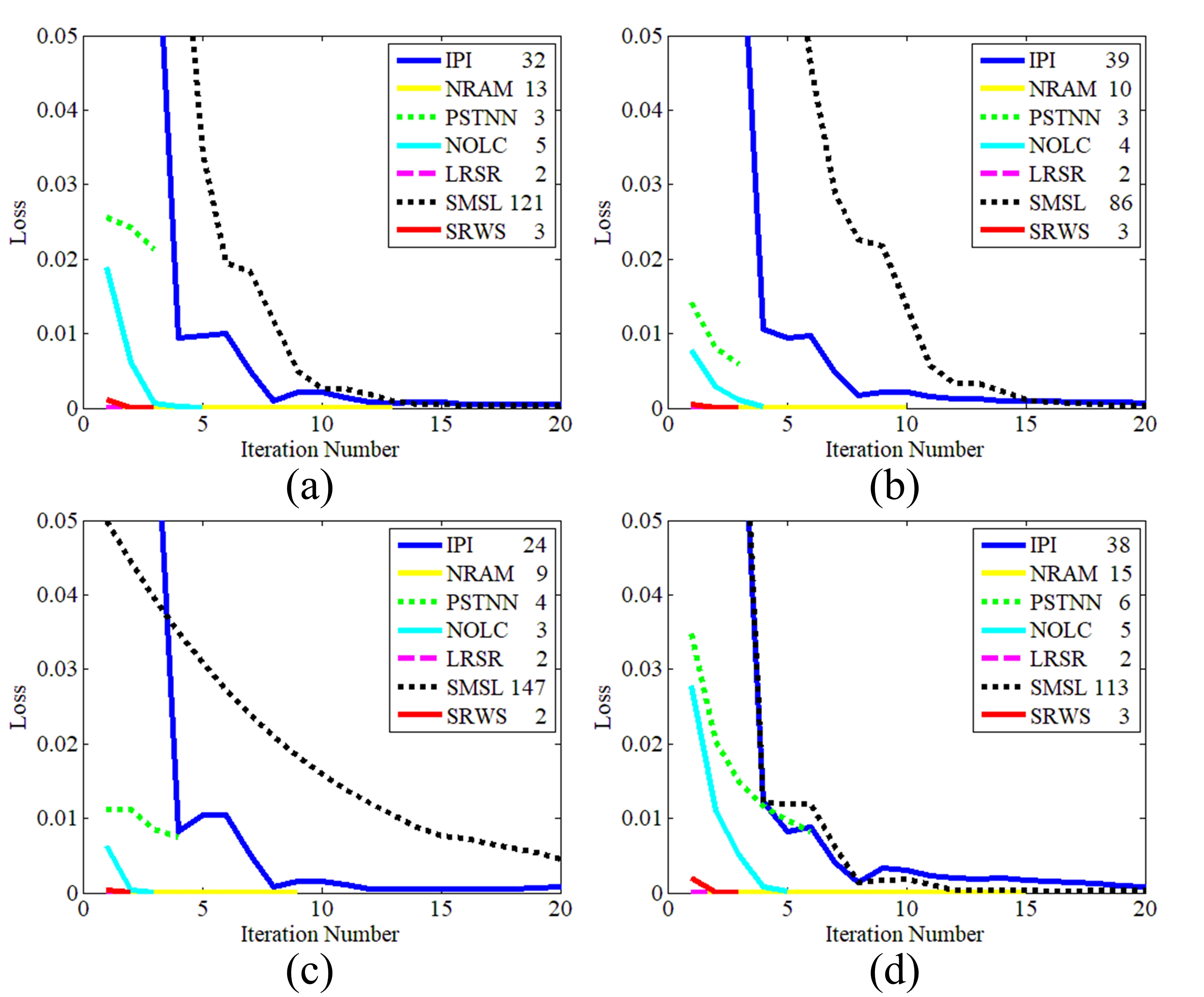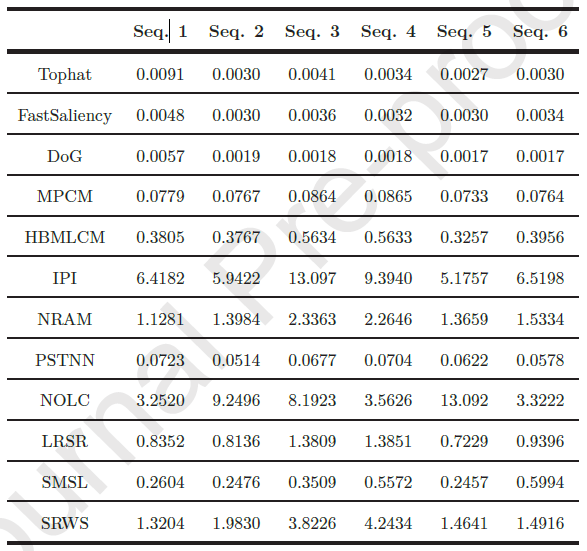This repository is for Self-Regularized Weighted Sparse (SRWS) model introduced in the following paper and is built in Matlab R2018a.
Zhang T, Peng Z, Wu H, et al. Infrared small target detection via self-regularized weighted sparse model[J]. Neurocomputing, 420: 124-148.
For more information about me, you can visit my persional website.
Infrared search and track (IRST) system is widely used in many fields, however, it’s still a challenging task to detect infrared small targets in complex background. This paper proposed a novel detection method called self-regularized weighted sparse (SRWS) model. The algorithm is designed for the hypothesis that data may come from multi-subspaces. And the overlapping edge information (OEI), which can detect the background structure information, is applied to constrain the sparse item and enhance the accuracy. Furthermore, the self-regularization item is applied to mine the potential information in background, and extract clutter from multi-subspaces. Therefore, the infrared small target detection problem is transformed into an optimization problem. By combining the optimization function with alternating direction method of multipliers (ADMM), we explained the solution method of SRWS and optimized its iterative convergence condition. A series of experimental results show that the proposed method outperforms state-of-the-art baselines.
The iterative process of the SRWS model is given in the following tables.
-
Download the code and test images in
./TestCode/. -
Modify the image path in the
demo.m, and run the file.
To better compare the AUC of each of the curves in Figure 10, their specific values are listed in the following table, where the maximum value of each sequence AUC is indicated in red and the second largest value is indicated in purple.
For more information, please refer to our paper
If you find the code helpful in your resarch or work, please cite the following papers.
Zhang T, Peng Z, Wu H, et al. Infrared small target detection via self-regularized weighted sparse model[J]. Neurocomputing, 420: 124-148.
@article{zhang420infrared,
title={Infrared small target detection via self-regularized weighted sparse model},
author={Zhang, Tianfang and Peng, Zhenming and Wu, Hao and He, Yanmin and Li, Chaohai and Yang, Chunping},
journal={Neurocomputing},
volume={420},
pages={124--148},
publisher={Elsevier}
}



